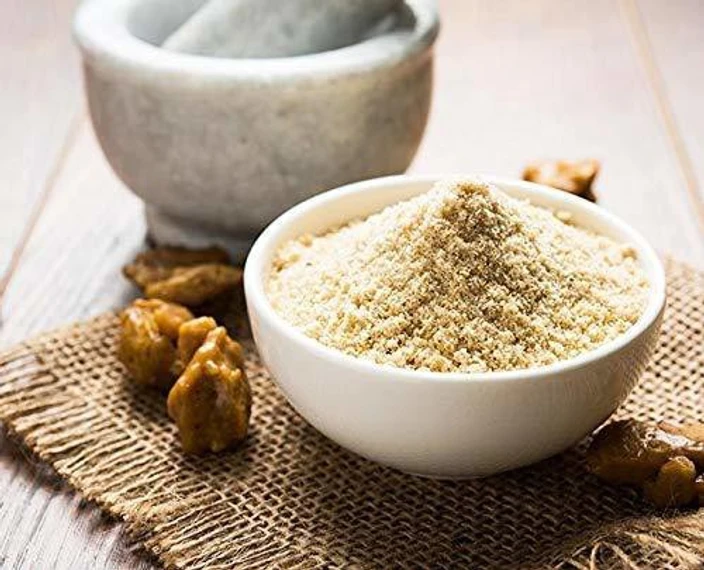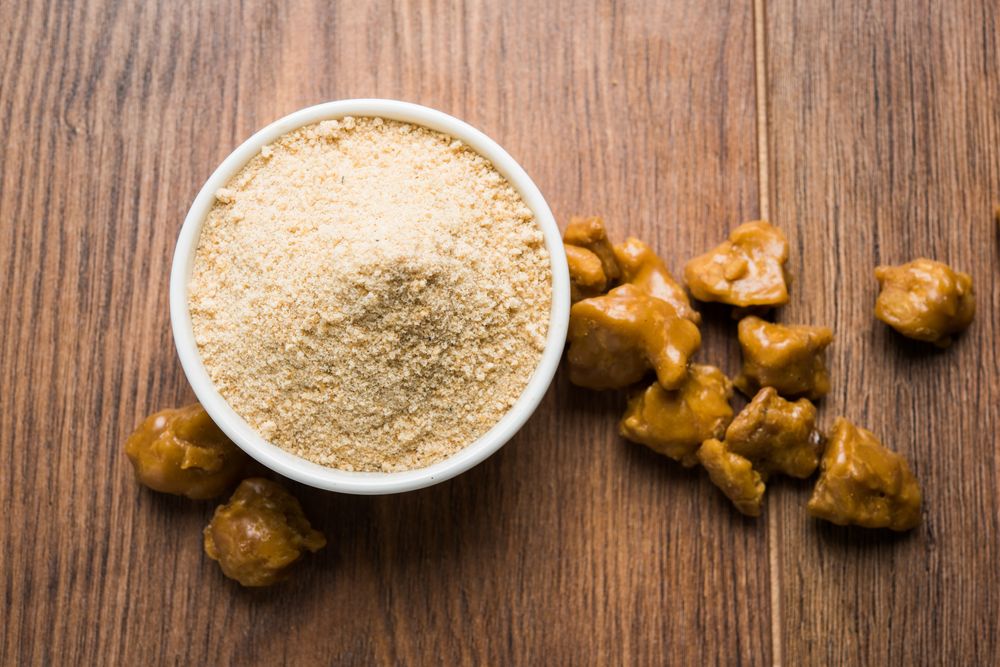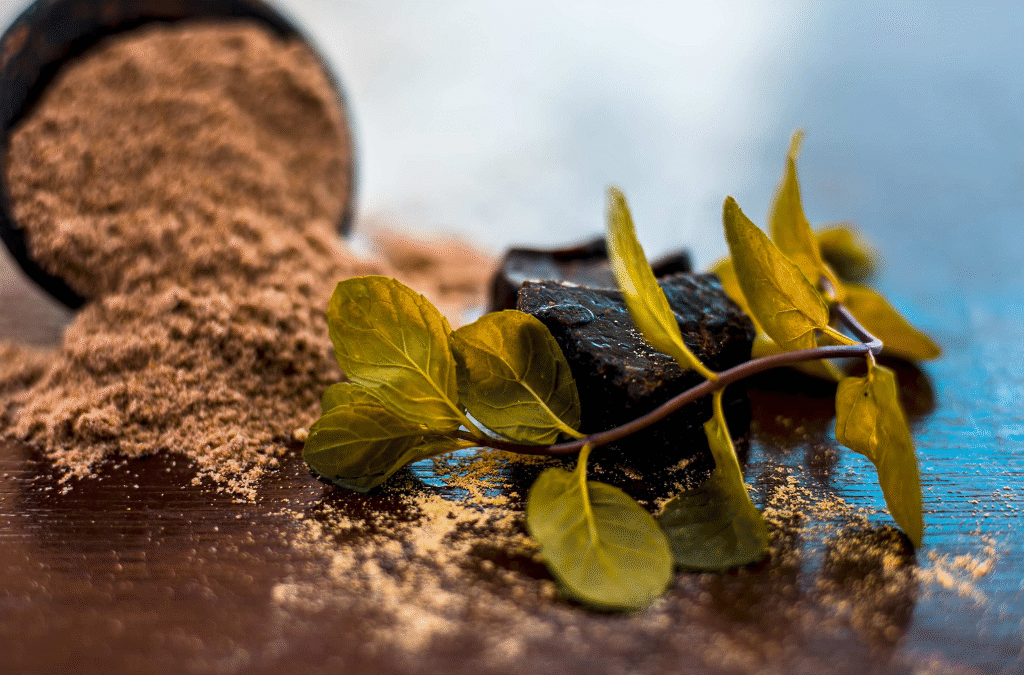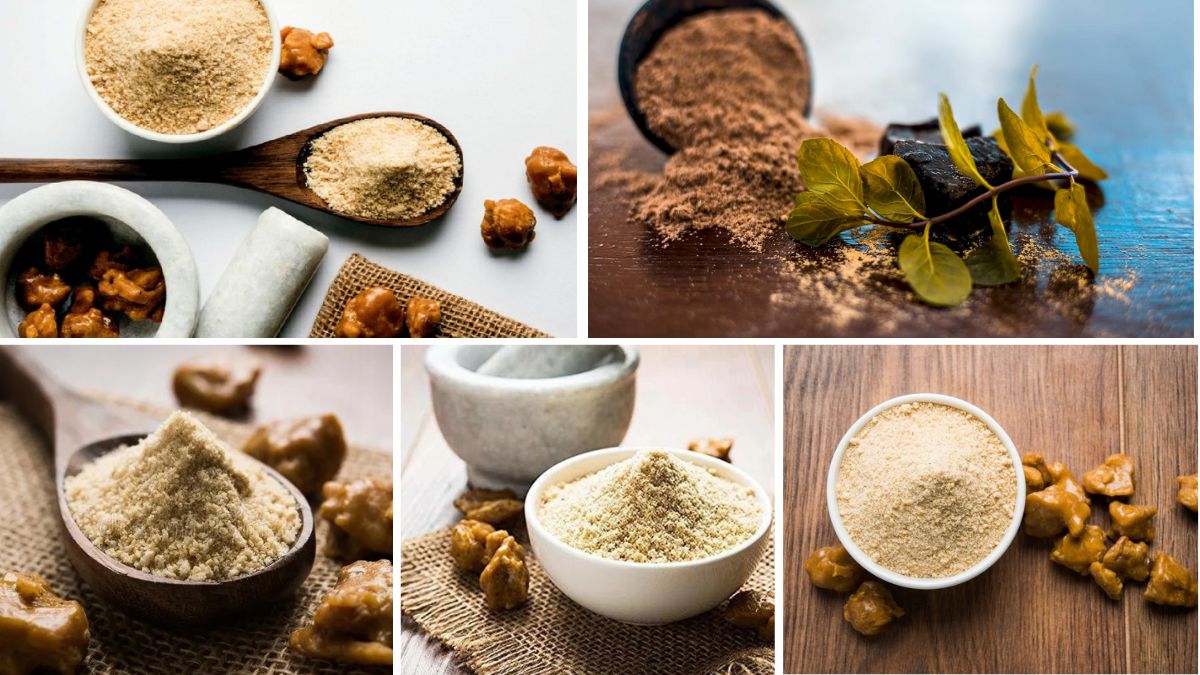Asafoetida, commonly known as “hing” in India, is a pungent resin derived from the roots of Ferula species, particularly Ferula asafoetida. This spice is integral to various cuisines, especially in South Asia and the Middle East, where it imparts a unique flavor to dishes. The global production of asafoetida is concentrated in specific regions, with a few countries leading in its cultivation and export.
Global Overview of Asafoetida Production

Asafoetida is primarily produced in countries with arid and semi-arid climates, as the Ferula species thrive in such conditions. The major producers of asafoetida include:
- Afghanistan: Recognized as the largest producer and exporter of raw asafoetida.
- Iran: Known for producing high-quality asafoetida, particularly in regions like Khorasan.
- Uzbekistan: A significant producer, especially in the Samangan province.
- India: While not a major producer, India is the largest consumer and importer of asafoetida.
Afghanistan: The Leading Producer

Afghanistan holds the distinction of being the world’s largest producer of asafoetida. The majority of the country’s production is concentrated in the Samangan province, which accounts for approximately 70% of the cultivation area and 73% of the production.
Factors Contributing to Afghanistan’s Dominance:
- Ideal Climatic Conditions: The arid and semi-arid regions of Afghanistan provide the perfect environment for the Ferula species to flourish.
- Traditional Knowledge: Generations of farmers have honed their skills in cultivating and harvesting asafoetida, leading to high-quality production.
- Export Infrastructure: Afghanistan has established trade routes and agreements, facilitating the export of asafoetida to international markets.
In 2020, Afghanistan exported approximately 52% of the world’s raw asafoetida, valued at around $170.5 million.
Iran: A Significant Producer

Iran is another major producer of asafoetida, particularly known for its high-quality resin. The country’s production is concentrated in regions like Khorasan, where the climatic conditions are favorable for the Ferula species.
Key Aspects of Iranian Asafoetida Production:
- Quality: Iranian asafoetida is renowned for its purity and aromatic properties.
- Cultivation Practices: Iran employs traditional and sustainable farming methods, ensuring the preservation of soil health and biodiversity.
- Export: While Iran produces a significant quantity of asafoetida, a substantial portion is consumed domestically, with the remainder exported to neighboring countries and regions.
Uzbekistan: Emerging as a Notable Producer

Uzbekistan, particularly the Samangan province, has been identified as a significant producer of asafoetida. The country has been focusing on expanding its production capacity and improving the quality of its asafoetida to meet both domestic and international demand.
Developments in Uzbek Asafoetida Production:
- Expansion of Cultivation Areas: Efforts are underway to increase the area under cultivation of Ferula species.
- Quality Improvement: The government is investing in research and development to enhance the quality of the resin produced.
- Market Access: Uzbekistan is exploring new markets for its asafoetida, aiming to increase its share in the global market.
India: The Largest Consumer and Importer

India is the largest consumer of asafoetida globally, with the spice being an essential ingredient in many Indian dishes, especially in vegetarian cooking. Despite its significant consumption, India does not produce enough asafoetida to meet domestic demand and relies heavily on imports.
Import Statistics:
India imports approximately 1,200 tonnes of raw asafoetida annually, primarily from Afghanistan, Iran, and Uzbekistan. The country spends around $100 million annually on these imports.
Domestic Cultivation Efforts:
Recognizing the dependency on imports, India has initiated domestic cultivation projects. The Council of Scientific and Industrial Research (CSIR) initiated India’s first-ever asafoetida cultivation project in the cold desert region of Lahaul and Spiti in Himachal Pradesh. These efforts aim to reduce reliance on imports and promote self-sufficiency.
Conclusion
While several countries contribute to the global production of asafoetida, Afghanistan stands out as the largest producer, followed by Iran and Uzbekistan. India, despite being the largest consumer, is working towards increasing domestic production to meet its growing demand. The dynamics of asafoetida production and trade are influenced by climatic conditions, traditional knowledge, and international trade agreements, shaping the global landscape of this unique spice.





